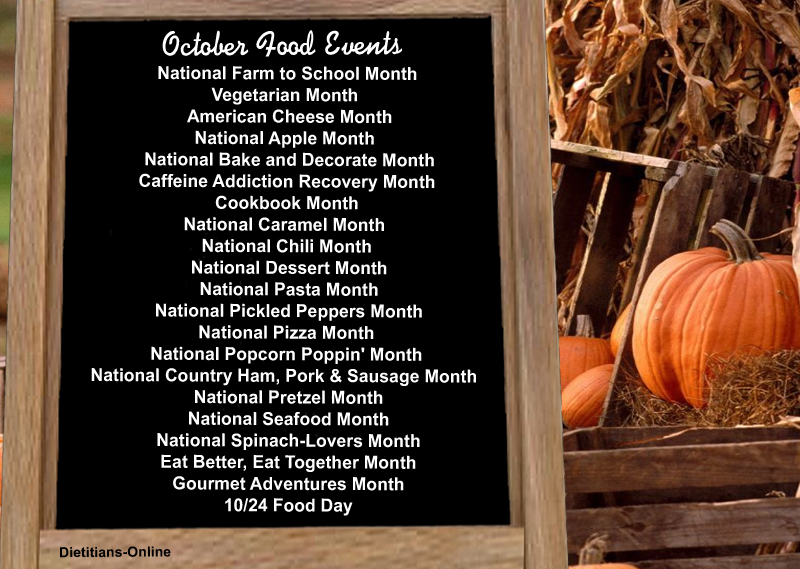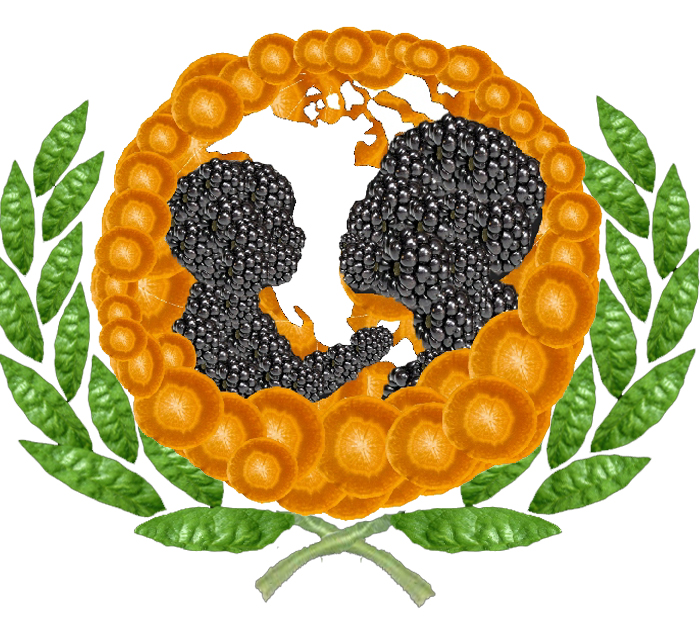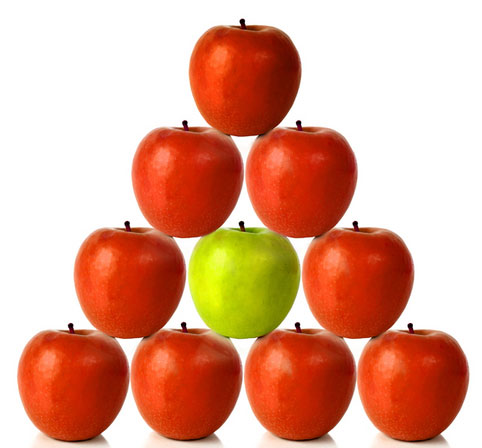Scurvy was a major health problem onboard Christopher Columbus's ships. Fresh fruits and vegetables were not taken on these long voyages due to spoilage. This resulted in a high incidence of scurvy among the sailors. The relationship between scurvy and Vitamin C has not been discovered yet.
The typical foods brought on these long journeys consisted of water, vinegar, wine, olive oil, molasses, honey, cheese, rice, almonds, salted flour, sea biscuits, dry legumes, salted and barreled sardines, anchovies, dry salt cod and pickled or salted meats (beef and pork). Fresh livestock, including pigs and chickens, were part of the ship's provisions. Fish was readily available.
Foods were commonly salted and pickled as a method of preserving food. The crew was served two meals a day. Foods were mostly boiled and served in a large wooden bowl. The sailors ate with their fingers because they had no forks or spoons. There was a lack of proper sanitation. Hand washing before meals was not required.
There is a legend that during one of Christopher Columbus's voyages, some sailors had scurvy and wanted to be dropped off at one of the nearby islands and die there rather than dying on board. While the men were on the island, they ate some of the island's fresh fruits and vegetables and to their amazement, began to recover. When Columbus's ships passed by several months later, the captain saw the men were alive and healthy. The island was named Curacao, meaning Cure.
Foods Rich in Vitamin C
Pirates For Sail talks about
Scurvy Awareness and Prevention
Scurvy Awareness and Prevention
Filmed at Piratz Tavern, Silver Spring, MD






























